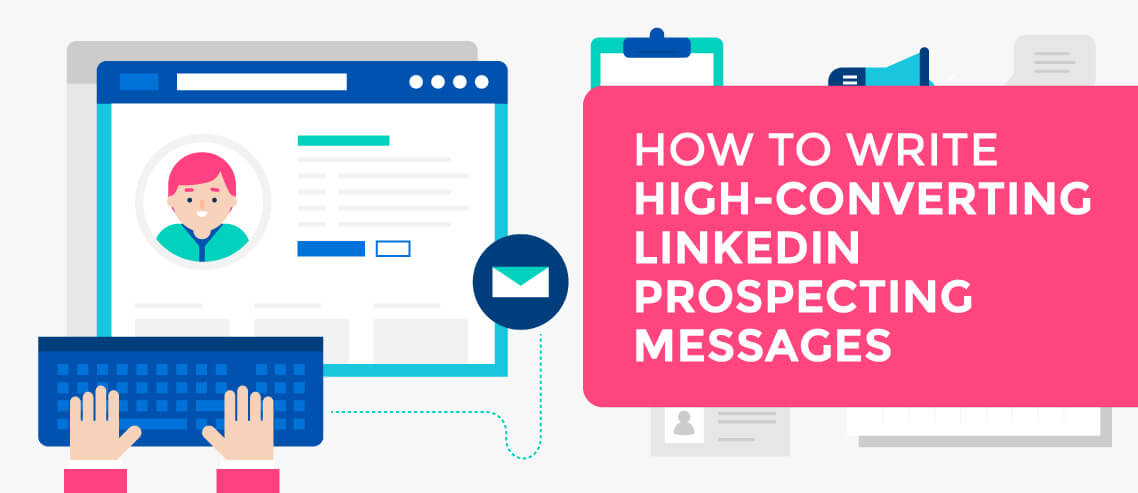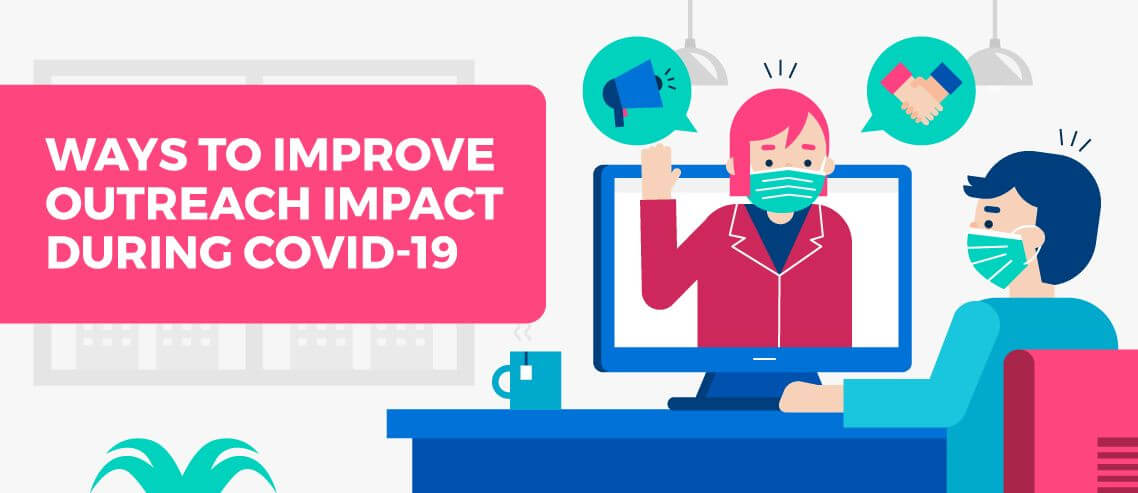How to Write a Sales Prospecting Email
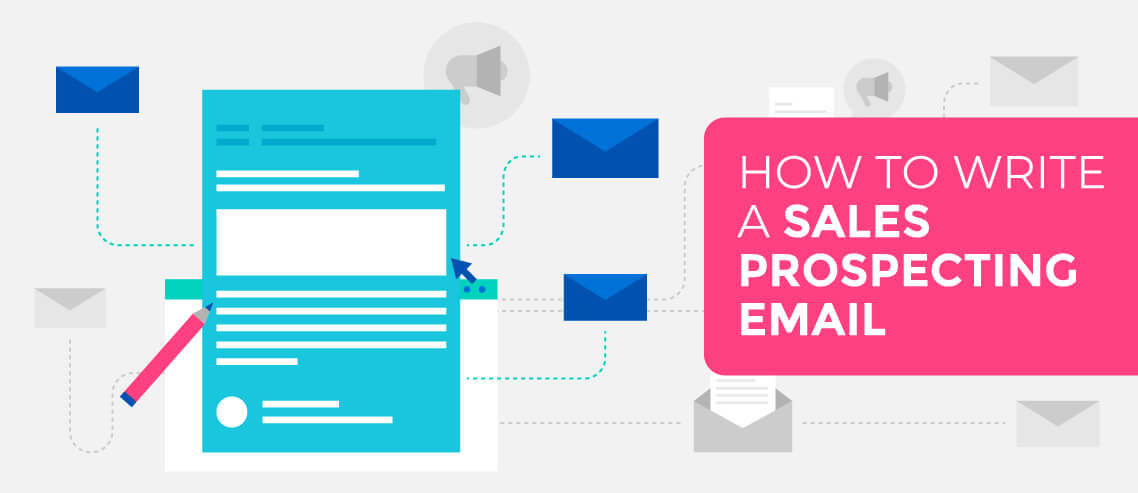
Contents
Sales prospecting seems simple, as long as you’re just emailing one prospect. But how about when you email 15? 25? Or even 100?
For sales prospecting on a larger scale, you’ve got to find a way to reduce the time it takes to craft your emails while maintaining high quality.
Tricky, right?
It doesn’t have to be. The best way to accomplish this is to create a fluid template you can continuously tweak and personalize to fit your needs – one that’s effective, follows the same formula, and hopefully, over time, will become second nature.
Writing the perfect sales prospecting email is easy as long as you follow these best practices:
Seize Attention With The Subject Line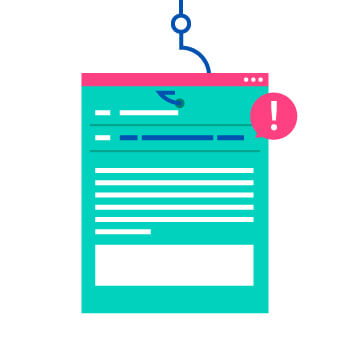
47% of emails are opened or discarded based solely on their subject line. With a single line of text carrying that much weight, you’ve got to spend the extra time to make sure you’ve got it right. Otherwise, it doesn’t matter how compelling your email is, since no one will ever open it.
The quickest win is to constantly test email subject lines to find the best combination for your audience, but to save you some time, follow these best practices to really stand out:
- Get straight to the point by keeping your subject line to just 3-4 words if possible. Doing so optimizes your email for mobile and can make your email stand out among typically longer subject lines in the inbox.
- Personalize whenever possible by using the prospect’s name, company name, or referral source. Doing so can boost open rates by up to 50%. That’s because our brains are wired to listen and look for our name and those that are familiar.
- Stay casual and conversational by avoiding excessive capitalization and punctuation. Stand out by writing the subject line as if you were reaching out to a colleague or friend.
Lead With Something Compelling
The majority of salespeople’s emails end up in the spam or trash folder because they aren’t differentiating their messages from everyone else’s. Your window of opportunity is tiny with a cold prospecting email, so it’s crucial to lead with something useful, interesting, or downright astounding.
99% of the time, the opening sentence or two should not be about your company. People can sniff out your self-interest right away and have no problem ignoring or deleting you for it. The line you lead with should help you establish some credibility and deliver some value without directly benefiting you whatsoever. Remember, it’s all about your prospect.
Take some time to find a way to personalize your email, provide something of value, or even just try to brighten their day.
Here are a few ideas:
“I stumbled upon this recently-released report by Deloitte that your buyers might find really useful. Perhaps you could share it with them when you’re out prospecting.”
“A colleague of mine invited me to attend a conference on growth marketing this December and I remembered from our last conversation that your goal this year was to double your growth. Just thought I’d share it with you in case you were interested in attending also.”
“You may already know this, but [competitor name] just acquired an influencer marketing company in an effort to reach more millennials and generation Z customers. I just finished reading this great in-depth article on influencer marketing that might interest you if you also want to go in that direction.”
Make A Connection Through The Body Copy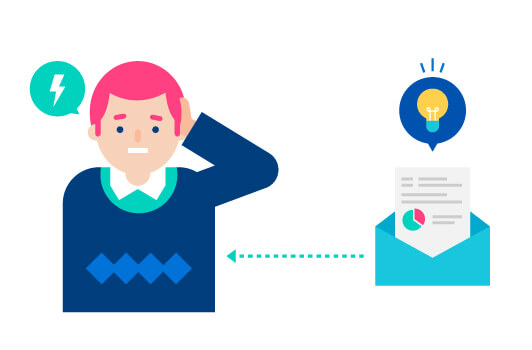
You’ve reeled them in; now you’ve got to convey further value to keep their interest. It’s always best to speak their language, but when you’re aiming to reach a broader base of consumers, you’ll want to ditch any insider language that might lead to confusion. However, when you’re prospecting to seasoned veterans, it’s best to find a balance between conversational and informed enough to use specific industry terms they also use.
A great way to establish a connection is to bring up common paint points or issues they may be experiencing that you can solve. Case studies, statistics, and touching on shared interests can be especially helpful here.
For example:
“Did you know 69% of buyers stated that providing relevant research data to their business was the best way for a sales rep to add value?”
“Our company just completed an in-depth survey of [their industry, profession] and found that 1 in 5 [in their profession] aren’t using email marketing software, despite a recent report that showed for every $1 you spend on email marketing the average return is $38.”
“I recently read the article you wrote for your company’s blog [blog title here] and thought I’d share with you a case study on how Leo Wildrich, co-founder of BufferApp, used guest blogging to acquire 100,000+ customers for his company.”
Finish Strong By Prompting Action
It’s rare for salespeople to get a sale through email alone, and if they do, it certainly isn’t from the first email. The goal of your prospecting email shouldn’t be to get the sale on the first shot, but to get permission to continue the conversation. Once you have their permission and attention, then you can work to move them towards a longer engagement like a phone call, in-person meeting, or demo. That’s where you get the sale.
So each sales prospecting email you send should have the goal of either getting them to respond to keep the conversation going, or to agree to a longer engagement.
The secret to keeping things going is to provide value and finish each email with a single request that’s easy to say yes to. One study found that click-through rates increased 42% when the number of CTAs in an email decreased from four to just one. End each of your emails with a question or request they can easily respond to with a yes or no.
For example:
“Is that something you’d be interested in hearing more about?”
“Are you open for a 15-minute call on Wednesday at 2:30 to discuss the ways [insert company/product name] can specifically help your company cut communication costs and increase your employees’ productivity?
“I’m visiting the Austin area next week — are you available for coffee at 8:30 on Tuesday morning to see the software in person?”
Put Your Email Signature to Work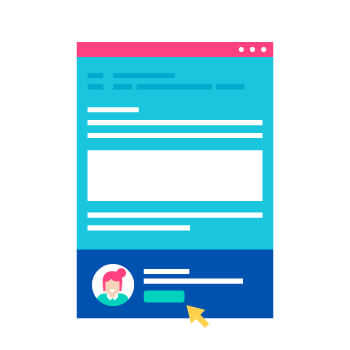
What’s the first thing you do when you get an email from a stranger? Like most of us, you probably scroll down to their email signature for some context. Typically, this is a good sign because it means you’re interested enough to not only open the message, but to also see who it’s from. So for your own email signature, you have two options:
- Just cover the essentials
- Cover the essentials and— a little something extra
You know the essentials: Your name, company name, contact information, website, and maybe a headshot or link to your blog. That’s all fine and dandy for giving context, but it falls short if you’re trying to engage the prospect. Adding a little something extra is all about standing out and providing added value.
Add links to useful, relevant, and if possible, personalized content. Here are a few ideas:
- Hosting an upcoming conference? If the prospect would find value in it, then consider adding a link and short description for it.
- Did you just release an industry report or ebook? If it’s relevant or potentially useful to the prospect, then don’t hesitate to link to it. Doing so not only provides value but also shows expertise on your part.
- Have 5 minutes to spare? Shoot a quick video. With the prevalence of email prospecting, salespeople no longer have the face-to-face interaction that can help make the sale. Try showing face by shooting a short clip saying hello with a tool like BombBomb.
Crafting the perfect sales prospecting email is a dash of science, a hint of art, and a heap of persistence. You’ve got to constantly be testing, adapting, and tweaking your emails to capture and hold the prospect’s attention. Once you’ve got their attention, you have to be tactful and agile enough to verify the lead and earn the right to ask for a meeting.
To do that successfully, you’ve got to keep your email short, stand out in the inbox with a compelling email subject line, and lead with a hook enticing the prospect to continue reading. Then in the body copy, you’ve got to make a connection or pique their interest long enough to make it to the most important line: the ask. Finishing strong by prompting action is no easy feat, but if you ask the right questions, you’ll get a response in no time.


